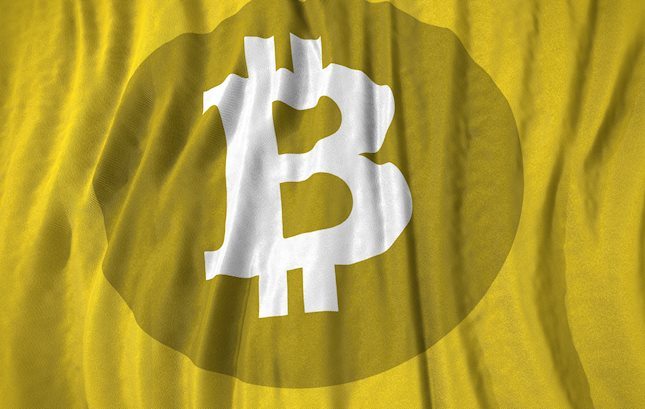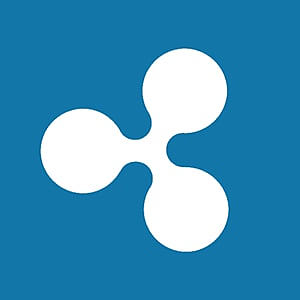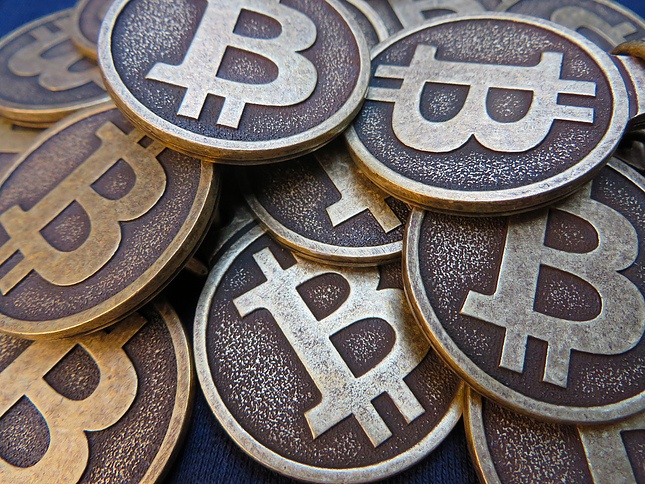South Africa has taken another step closer to implementing its central bank digital currency (CBDC) as the South African Reserve Bank (SARB) concludes a technical proof-of-concept for the project.
The project, titled Project Khokha 2 (PK2), is the second phase of SARB’s Project Khokha (PK1), launched in 2018. It experimented with distributed ledger technology (DLT) for interbank payments' settlement, successfully replicating the banks’ “SAMOS” real-time gross settlement system.
This second phase, PK2 was launched in February 2021 and tested DLT with clearing, trading and settlement within the proof-of-concept environment with industry participants Absa, FirstRand, JSE Limited, Nedbank and Standard Bank who form the Intergovernmental Fintech Working Group (IFWG).
Using the technology, SARB tested the issuance of debt instruments and enabled two payment options for settlement, a wholesale central bank digital currency (wCBDC) and a wholesale settlement token (wToken), a commercial bank issued form of private money.
The proof-of-concept developed two DLT platforms, one which served as a decentralized trading platform and the other which managed the CBDC.
A bidirectional bridge similar to those used in DeFi when sending cryptocurrencies across different blockchains was also built, allowing portability of the CBDC between the two platforms.
The results of the project highlighted the regulatory, business, and operational implications that DLT would have in the market. A statement by SARB summarized that the technology would streamline functions carried out by separate infrastructures onto a single platform, potentially reducing cost and complexity.
In the report, SARB does point out that the new DLT platforms will need to be integrated with legacy systems, with the costs of implementing the new platform placed on the banks.
New standards, updated best practices and new support systems would need to be established for the DLT infrastructure, according to SARB. The reserve bank mentioned that legacy and DLT systems might always have to run side-by-side, stating:
“A transition to a DLT-based system requires careful planning and execution and may involve running a DLT-based system in parallel to the existing system for a while, perhaps indefinitely.”
Technical risks related to the reliability and security of the software bridge between platforms were also noted, and the use of the CBDC on networks outside of the two used in the proof-of-concept was also flagged as topics for further consideration.
SARB says further work will be undertaken to study the findings from this phase of the project and the legal status of the wCBDC, which will be used to inform policy and regulatory responses to DLT and CBDCs in the financial markets.
It also hinted that another phase of Project Khokha may be started to “build on the work of PK2, performing live transactions in a sandbox environment in a different use case”.
Since May 2021, South Africa has also been engaged in a preliminary study on a retail CBDC focused on its “desirability and appropriateness” no exact date is set for the conclusion of the study, but SARB says it will be sometime in 2022.
Information on these pages contains forward-looking statements that involve risks and uncertainties. Markets and instruments profiled on this page are for informational purposes only and should not in any way come across as a recommendation to buy or sell in these assets. You should do your own thorough research before making any investment decisions. FXStreet does not in any way guarantee that this information is free from mistakes, errors, or material misstatements. It also does not guarantee that this information is of a timely nature. Investing in Open Markets involves a great deal of risk, including the loss of all or a portion of your investment, as well as emotional distress. All risks, losses and costs associated with investing, including total loss of principal, are your responsibility. The views and opinions expressed in this article are those of the authors and do not necessarily reflect the official policy or position of FXStreet nor its advertisers.
Recommended Content
Editors’ Picks

Bitcoin Weekly Forecast: Slow but positive start
Bitcoin edges slightly lower, trading around $96,500 on Friday after an over 2.5% recovery this week, with historical data showing modest average January returns of 3.35%. On-chain metrics suggest the bull market remains intact, indicating a cooling-off phase rather than a cycle peak.

Stellar bulls aim for double-digit rally ahead
Stellar extends its gains, trading above $0.45 on Friday after rallying more than 32% this week. On-chain data indicates further rally as XLM’s Open Interest and Total Value Locked rise. Additionally, the technical outlook suggests a rally continuation projection of further 40% gains.

BTC, ETH and XRP eyes for a rally
Bitcoin’s price finds support around its key level, while Ethereum’s price is approaching its key resistance level; a firm close above it would signal a bullish trend. Ripple price trades within a symmetrical triangle on Friday, a breakout from which could signal a rally ahead.

Could XRP surge to new highs in January 2025? First two days of trading suggest an upside bias
Ripple's XRP is up 7% on Thursday, extending its rally that began during the New Year's Day celebration. If long-term holders (LTH) continue their recent accumulation, XRP could overcome the $2.9 resistance level and aim for a new all-time high.

Bitcoin: 2025 outlook brightens on expectations of US pro-crypto policy
Bitcoin price has surged more than 140% in 2024, reaching the $100K milestone in early December. The rally was driven by the launch of Bitcoin Spot ETFs in January and the reduced supply following the fourth halving event in April.

Best Forex Brokers with Low Spreads
VERIFIED Low spreads are crucial for reducing trading costs. Explore top Forex brokers offering competitive spreads and high leverage. Compare options for EUR/USD, GBP/USD, USD/JPY, and Gold.